Flutter - Cross-Platform App Development
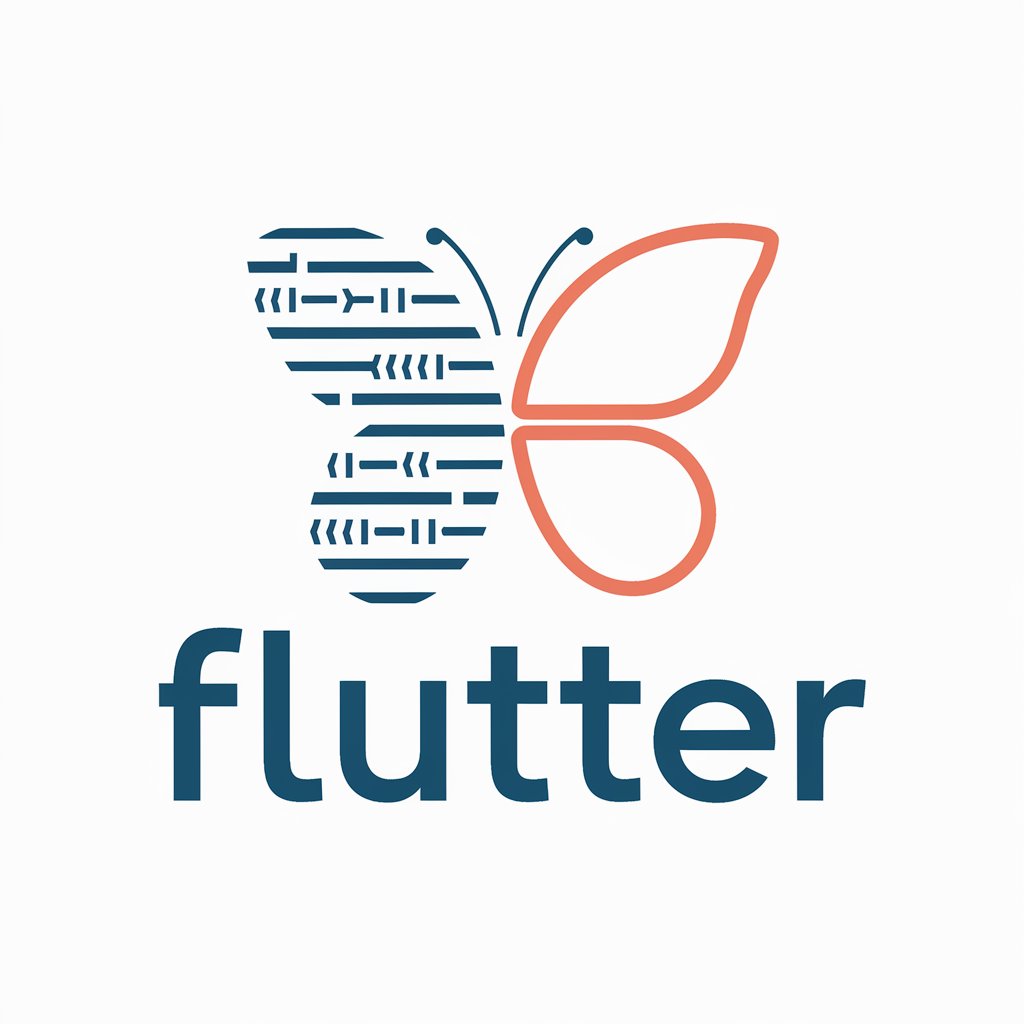
Hi there! How can I assist you with your Flutter development today?
Build beautiful apps, faster.
How can I optimize my Flutter app's performance when...
What are the best practices for designing responsive UIs in Flutter...
Can you help me troubleshoot an issue with my Flutter code where...
What are the latest updates and features in Flutter version...
Get Embed Code
Introduction to Flutter
Flutter is an open-source UI software development kit created by Google. It's used to develop applications for Android, iOS, Linux, Mac, Windows, Google Fuchsia, and the web from a single codebase. Flutter's design purpose centers around enabling developers to deliver high-performance apps that feel natural on different platforms with a single codebase. It leverages the Dart programming language and provides a rich set of pre-designed widgets that follow specific design languages such as Material Design (for Android) and Cupertino (for iOS), allowing for the creation of beautiful, natively compiled applications. A key example of Flutter's application is its use in building interactive, feature-rich mobile applications that can seamlessly operate on both Android and iOS without needing to develop separately for each platform. This significantly reduces development time and effort while ensuring a consistent user experience across devices. Powered by ChatGPT-4o。

Main Functions of Flutter
Hot Reload
Example
During app development, developers can make changes in the code and see them immediately reflected in the app with Hot Reload. This feature significantly speeds up the app development process.
Scenario
A developer working on a Flutter app decides to change the layout of a page. Using Hot Reload, they can immediately see the effect of their changes without restarting the app, enabling rapid iteration.
Widget-based Architecture
Example
Flutter uses a rich set of pre-designed and customizable widgets to build complex UIs. Widgets are the basic building blocks of a Flutter app's UI.
Scenario
When developing a shopping app, a developer can use Flutter's widgets to create a product listing page with images, descriptions, and buttons without writing a lot of custom code, ensuring a quick and responsive design process.
Cross-Platform Development
Example
With Flutter, developers write a single codebase to deploy apps to multiple platforms, including Android, iOS, web, and desktop.
Scenario
A company wants to launch a service app that works on both mobile devices and desktops. Using Flutter, they can maintain a single codebase for all platforms, reducing development and maintenance costs.
Ideal Users of Flutter Services
Mobile App Developers
Developers looking to build high-quality, natively compiled applications for both Android and iOS from a single codebase. Flutter's comprehensive toolkit and widget library make it an attractive choice for rapid development and deployment.
UI/UX Designers
Designers aiming to implement modern, user-friendly designs that are consistent across multiple platforms. Flutter's customizable widgets and design-specific widgets like Material Design and Cupertino allow for creating visually appealing and fluid user interfaces.
Entrepreneurs and Startups
Startups and small business owners seeking to minimize development time and costs while launching their applications on multiple platforms. Flutter enables them to quickly go to market with a competitive, cross-platform app without the need for extensive development teams.

Getting Started with Flutter
Begin Your Journey
Start by visiting a platform offering a straightforward Flutter learning experience, no login required, and without the necessity for a premium subscription.
Install Flutter SDK
Download and install the Flutter SDK from the official Flutter website. Ensure your development environment meets the prerequisites, such as having Git installed on your system.
Set Up an Editor
Choose and set up an IDE or code editor that supports Flutter, such as Android Studio, VS Code, or IntelliJ, and install the Flutter and Dart plugins.
Create Your First App
Use the terminal or command prompt to run 'flutter create my_app' to generate a new Flutter project, and then explore and modify the default starter app.
Learn and Experiment
Dive into Flutter's extensive documentation and community resources. Experiment with widgets, state management, and making API calls to build dynamic and responsive applications.
Try other advanced and practical GPTs
Flutter Expert
Enhancing Flutter with AI Power
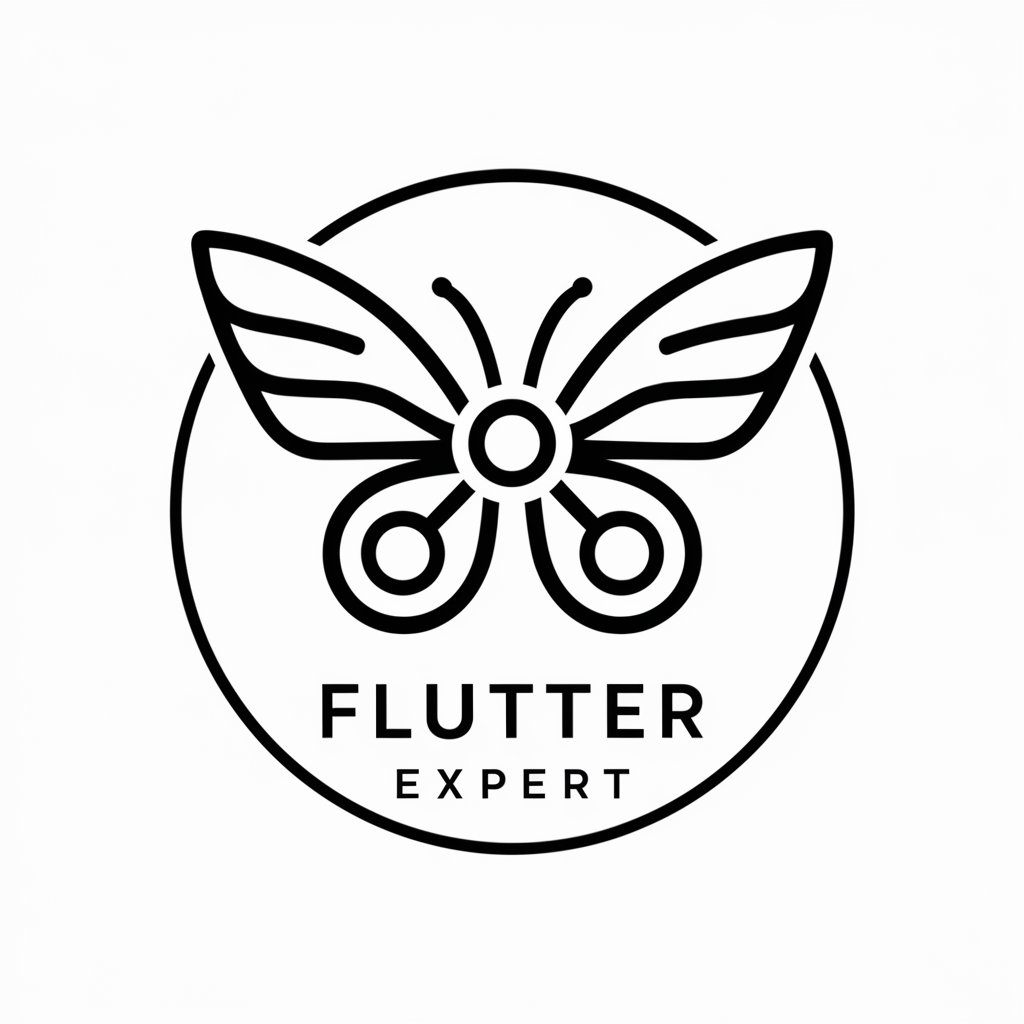
Flutter
Build apps effortlessly with Flutter
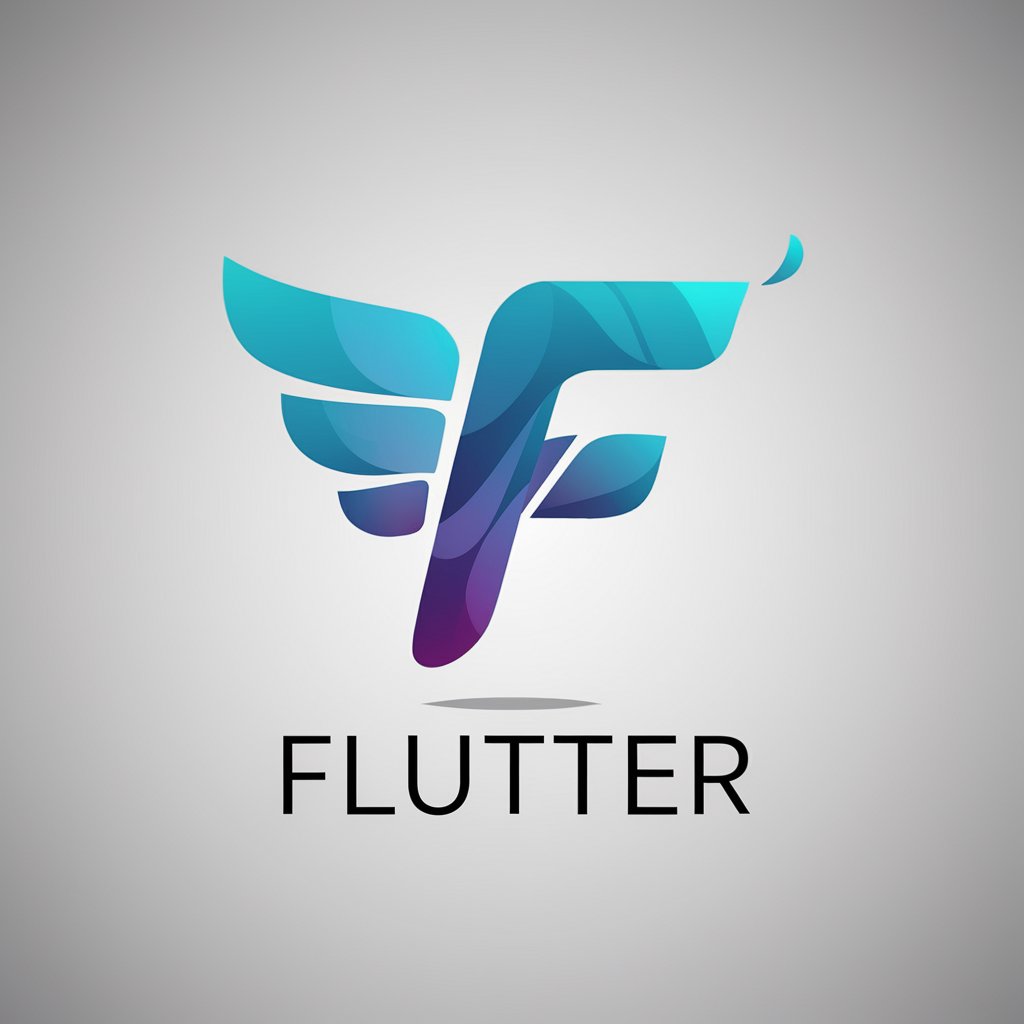
Flutter Buddy
Enhancing Flutter Apps with AI
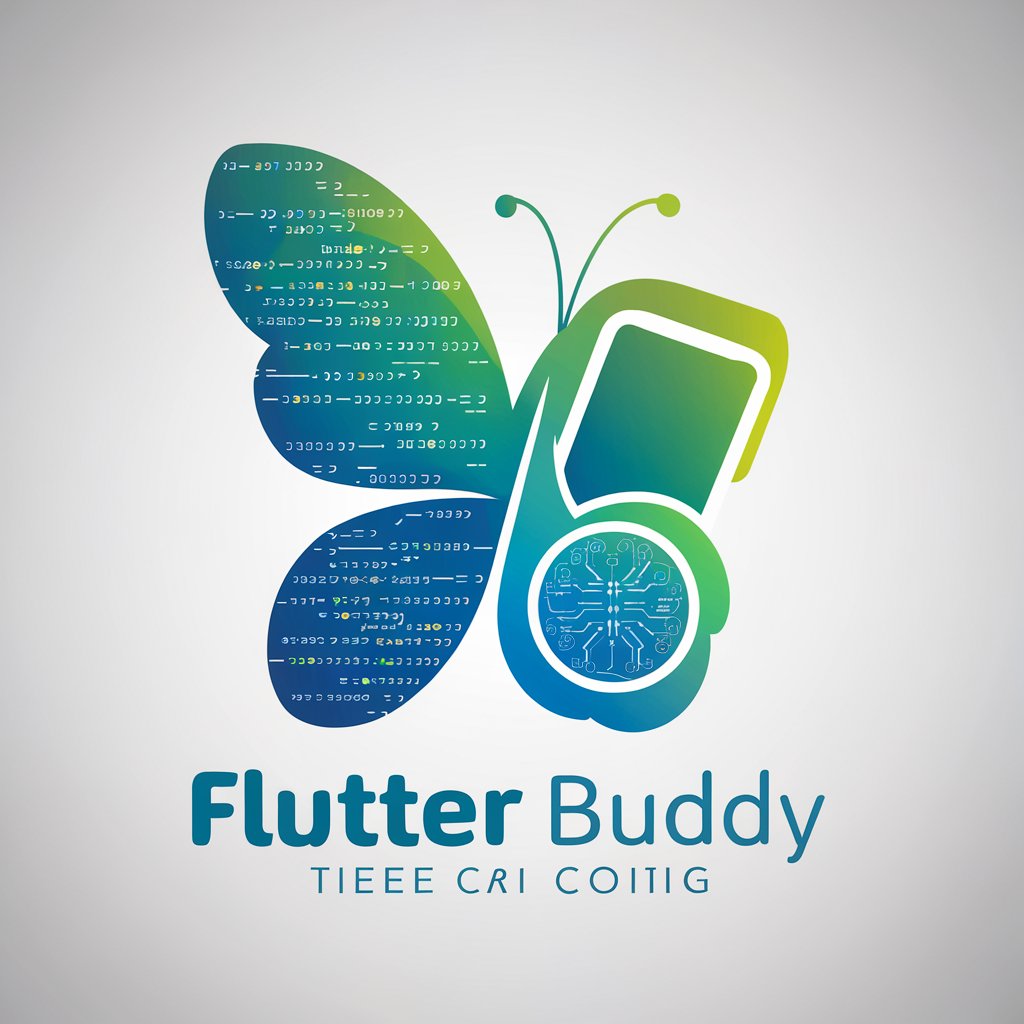
Flutter Friend
Elevate Your Code with AI-Powered Flutter Guidance
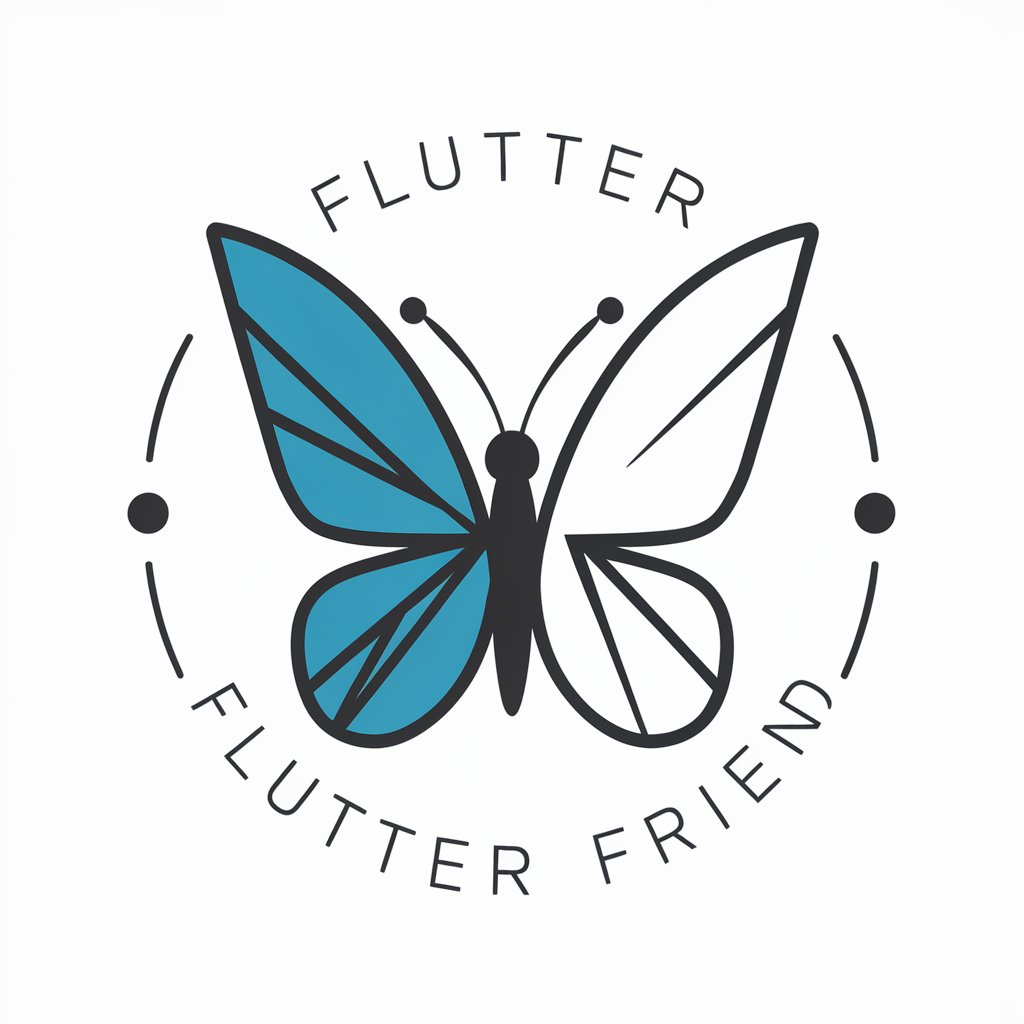
Flutter Expert
Powering Flutter Development with AI
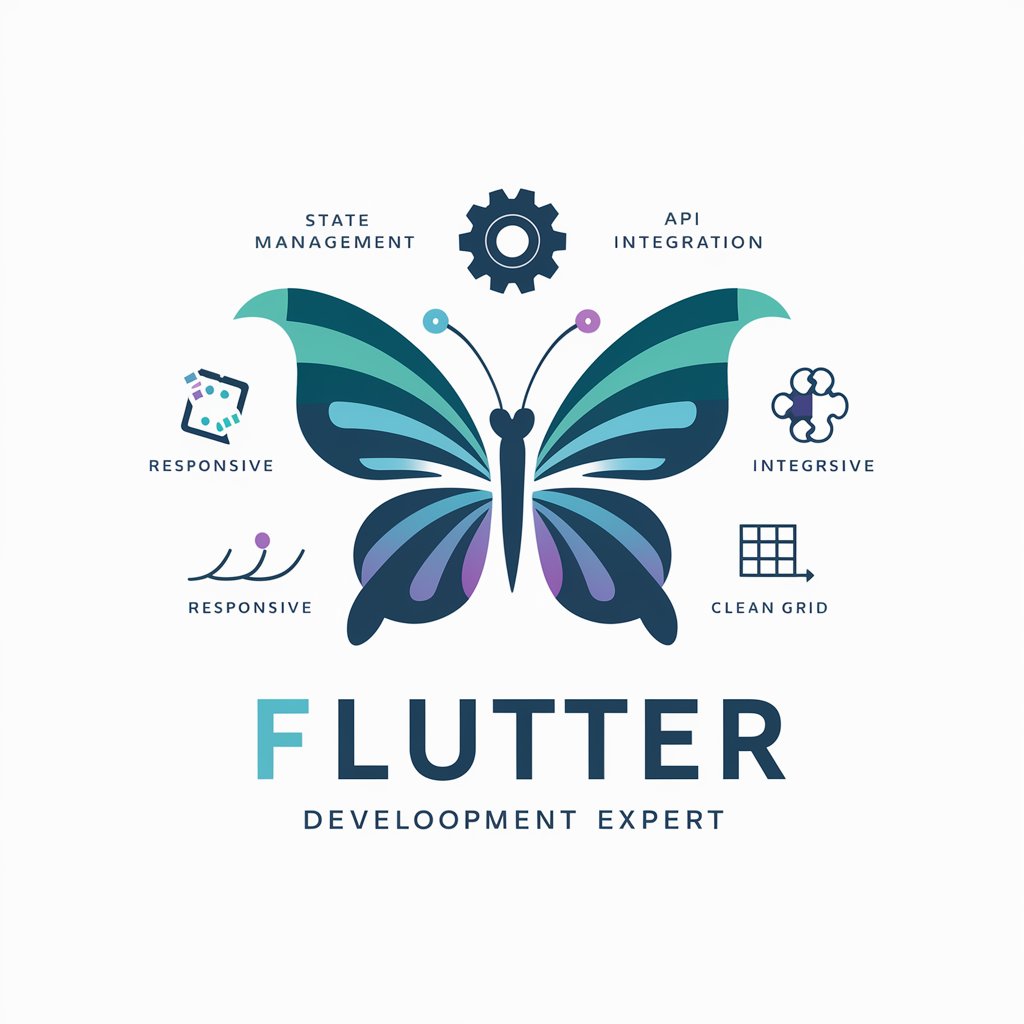
Tweet∝Crafter
Effortlessly segment lengthy texts for Twitter.

Co-DM
Power Your Fantasy with AI
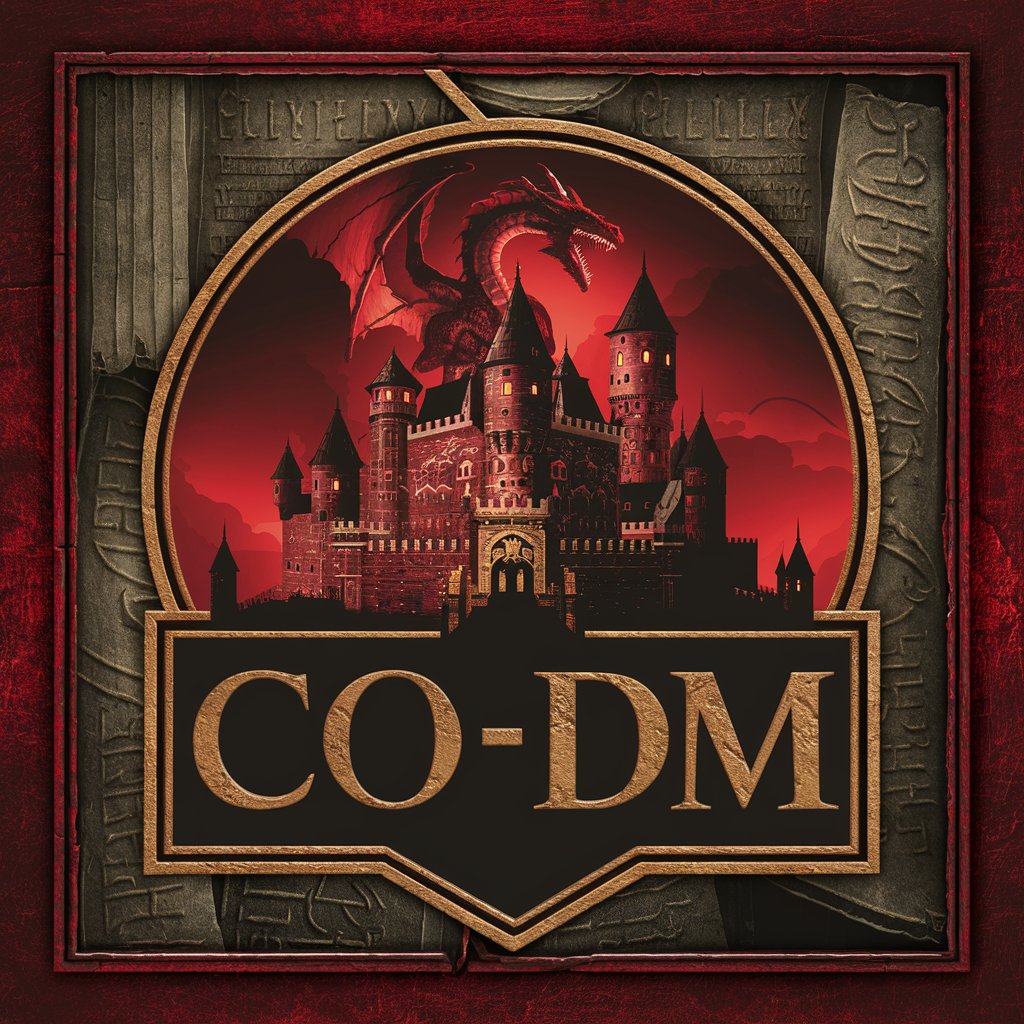
The Science of Better Sleep
Harness AI for Restful Nights
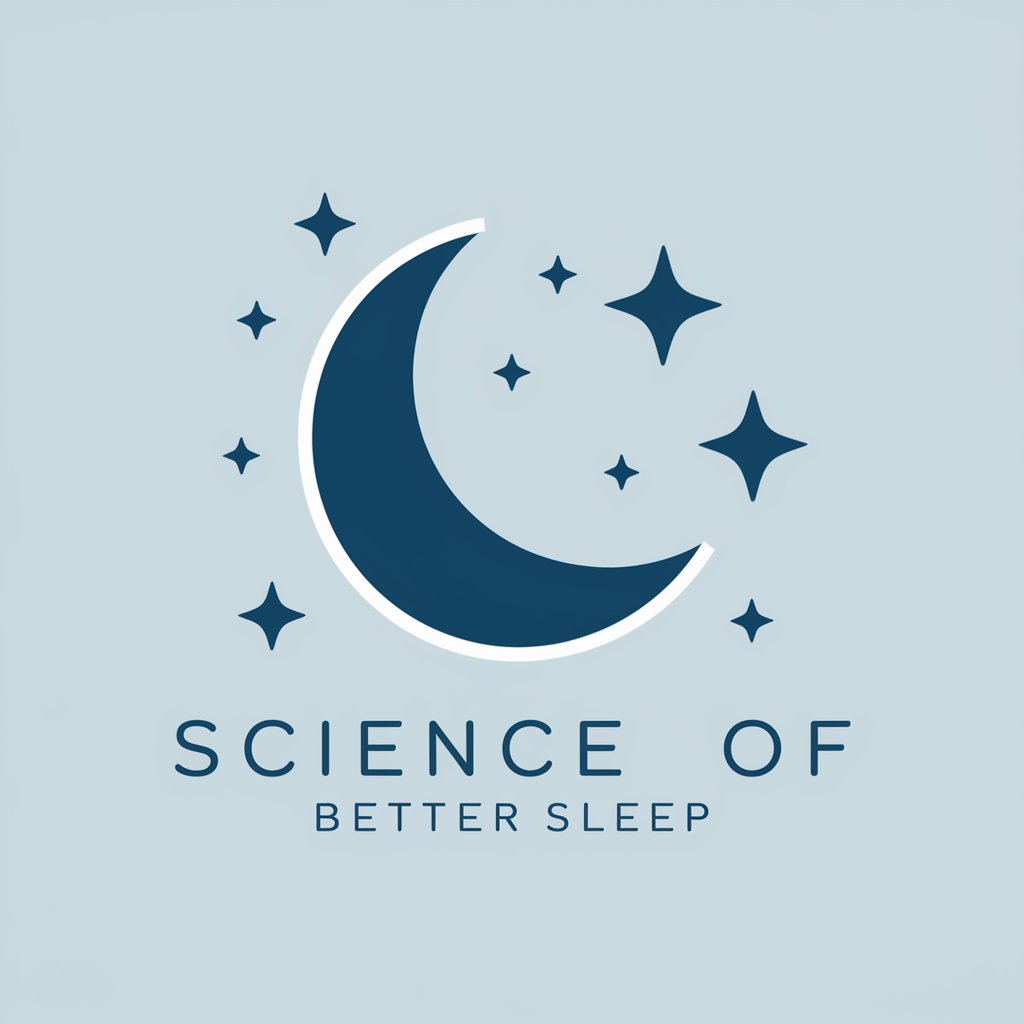
Huber
Decoding Brain and Gene Interactions

Mindset Mentor
Cultivate Your Potential with AI
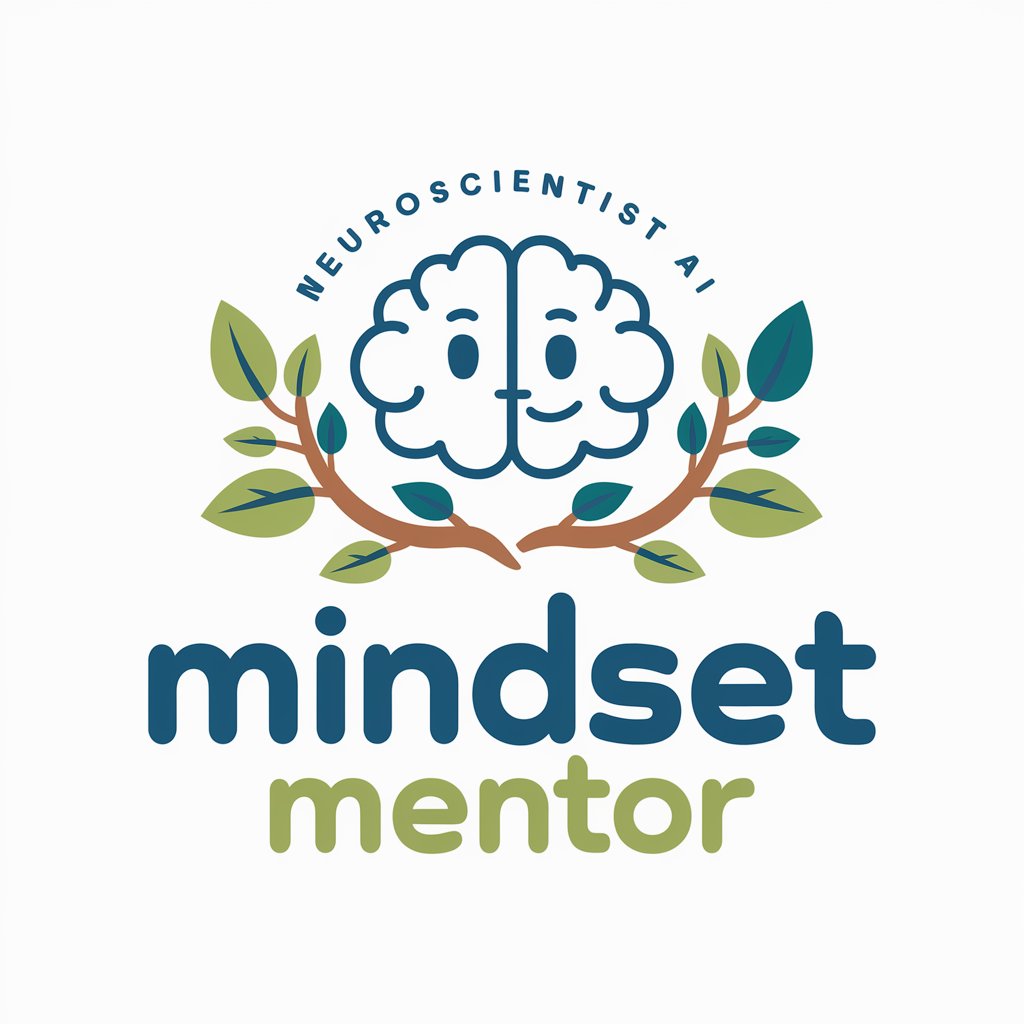
Hubermanbot
Unlocking Brain Secrets with AI
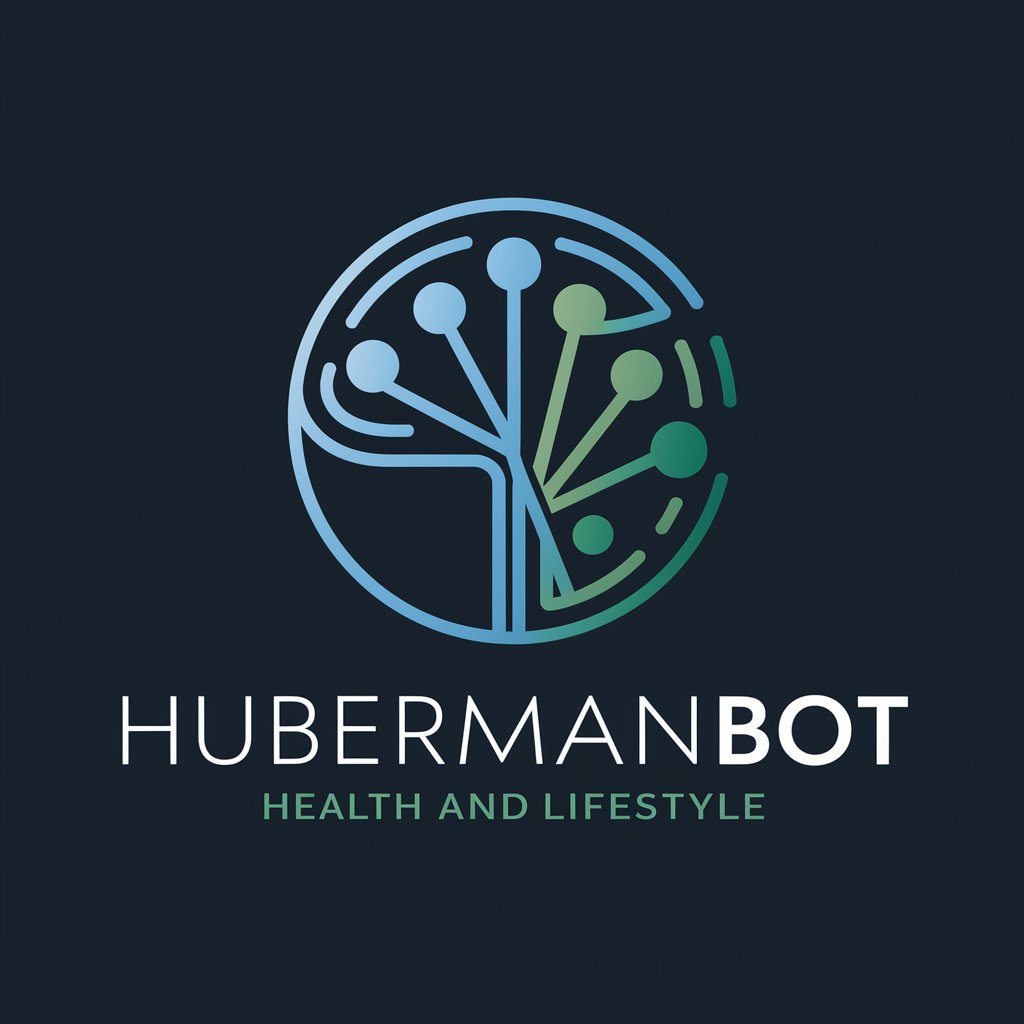
Neuroscientist
Unlocking Brain Secrets with AI
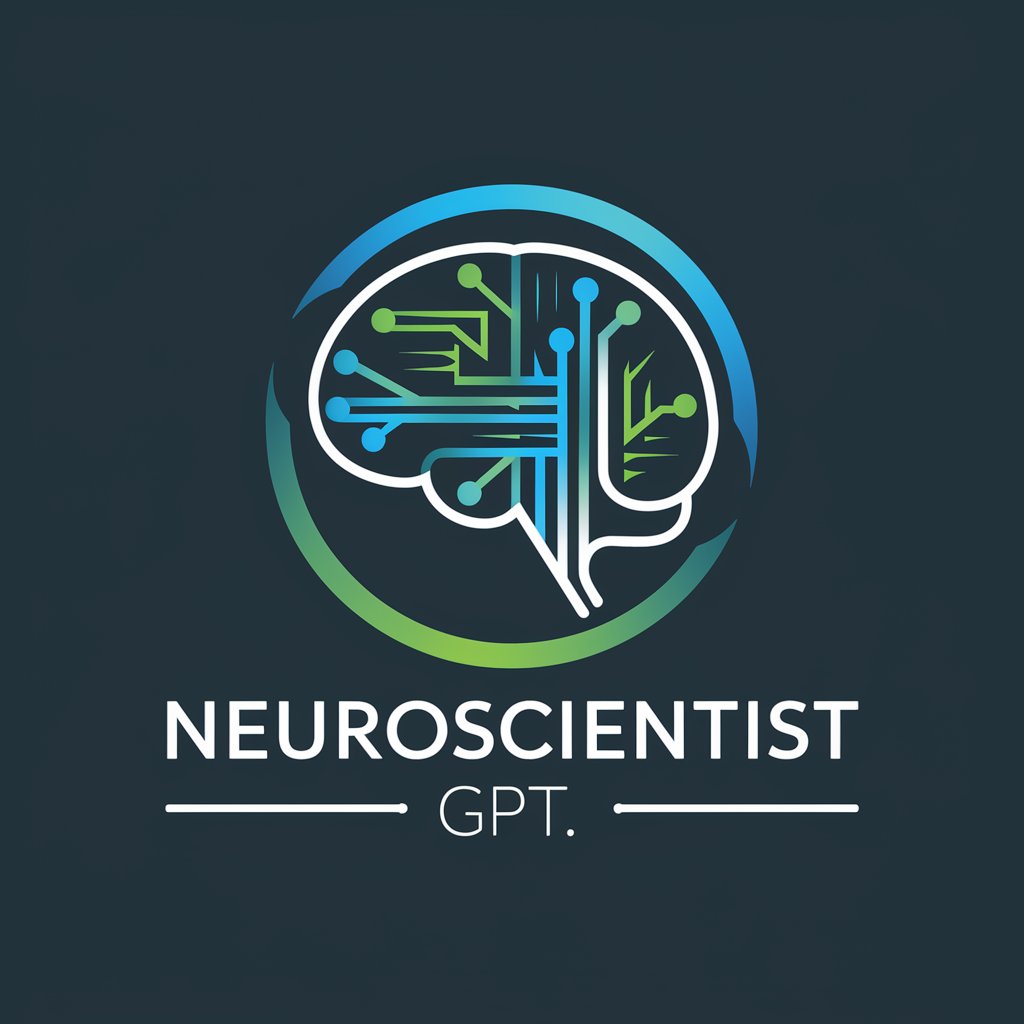
Flutter Q&A
What is Flutter?
Flutter is an open-source UI software development kit created by Google. It allows developers to build natively compiled applications for mobile, web, and desktop from a single codebase using the Dart programming language.
How does Flutter handle state management?
Flutter provides various ways to manage state, including Provider, Riverpod, Bloc, and MobX. The choice depends on the complexity of the app and developer preference, aiming to efficiently manage the app's state and re-render the UI based on state changes.
Can Flutter be used for web development?
Yes, Flutter extends beyond mobile to web development, allowing developers to create high-performance, visually attractive web applications with the same codebase used for mobile app development.
What are Flutter widgets?
Widgets are the basic building blocks of a Flutter app's user interface. Each widget is an immutable declaration of part of the UI, including elements like text, buttons, and layouts.
How does Flutter ensure app performance?
Flutter uses the Dart programming language, which compiles into native code, and has a layered architecture that allows for customizable and efficient rendering. This, combined with its widget-based framework, ensures smooth performance and beautiful apps on both iOS and Android platforms.
